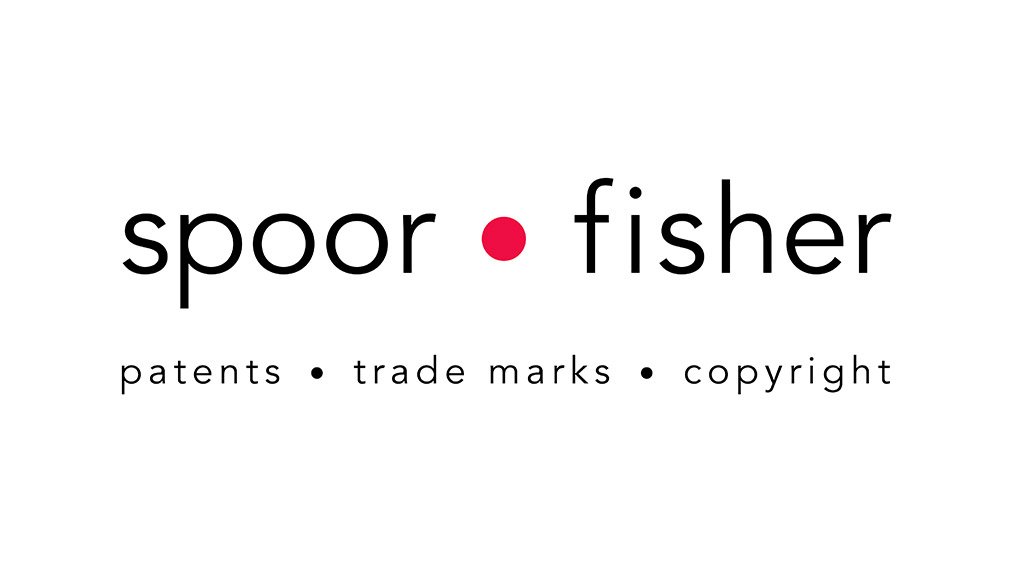Mickey Mouse is making headlines, and this time, it’s not for his on-screen antics. Instead, the iconic mouse has stepped off the screen and into the courtroom. In July 2025, The Walt Disney Company (“Disney”) filed a lawsuit in a Los Angeles federal court against Red Earth Group t/a Satéur (“Satéur”), a Hong Kong-based jewellery company. The dispute centres on Satéur’s “Mickey 1928 Collection”: a range of jewellery depicting the version of Mickey featured in Steamboat Willie – imagery that Disney claims shines a little too brightly with its own intellectual property (“IP”).
While Steamboat Willie sailed into the public domain in 2024, allowing free use, reproduction and adaptation, Disney argues that Satéur’s use of Mickey infringes its trade marks and could mislead consumers into thinking the products are officially licensed – potentially dulling the lustre of the company’s carefully protected brand magic. This begs the question: just how free to use is Mickey, really?
For fans, collectors of memorabilia, and creators of fanart, the matter raises another important question: when does the magic of homage cross the line from fandom into infringement?
Mickey’s Legal Magic: How Disney Keeps the Mouse in the House
From the very first sketch, Mickey Mouse became more than a cartoon, he’s a carefully protected icon, safeguarded by layers of IP. Disney secured copyright for the original animations and backed it up with trade marks covering Mickey’s image and name across a vast array of goods and services. This layered protection helped transform a playful rodent into one of the most recognisable and valuable brands in the world.
Mickey made his silver-screen debut in 1928 with Steamboat Willie, a black-and-white short film that introduced audiences to the mischievous, cheerful mouse.
In South Africa, films, including animations like Steamboat Willie, are protected by copyright for fifty years from the end of the year in which the work was either first made available to the public with the consent of the copyright owner or when it was first published, whichever is longer. By contrast, in the United States, copyright for corporate-owned works lasts ninety-five years from first publication. As a result, Steamboat Willie entered the US public domain in 2024 but remains protected for a longer term in many other countries.
Entering the public domain means that the film’s original version and earliest artistic depiction are no longer covered by copyright law, allowing anyone to use, reproduce, or adapt them without permission or royalties. Yet, as this matter illustrates, “public domain” doesn’t always mean entirely free to use. Even if a character has entered the public domain, trade marks can still block commercial use, especially when it could induce people to think that Disney officially endorses the product.
Disney also tightly controls and licenses merchandise of its beloved characters. From toys and trinkets to coins and figurines, official merchandise produced, authorised or licensed by Disney is collectively known as Disneyana.
Licensing allows a company to grant legal permission to another party to use its IP, such as a character, name or logo. Licensing plays a crucial commercial role: it ensures that the use of the IP aligns with the brand’s standards, maintains quality, protects reputation, and generates revenue. For iconic characters like Mickey Mouse, licensing also helps preserve the integrity of the brand and ensures fans are getting goods backed by the House of Mouse itself.
A Sparkle Too Far: When Jewellery Meets the House of Mouse
Disney’s complaint highlights several pieces from Satéur’s “Mickey 1928 Collection”, including the “Satéur Mickey 1928 Classique Ring”, which features a charm of the early Mickey seated on a band, clutching a synthetic stone. Satéur did not have a license from Disney to use Mickey Mouse for this jewellery line.
Although the 1928 version of Steamboat Willie is now in the US public domain, Disney argues that Satéur’s online marketing “extensively trade[s] on the Mickey Mouse trademarks and the Disney brand”, describing the jewellery as perfect for “Disney enthusiasts”. According to the lawsuit, the use of Mickey in this manner infringes Disney’s trade marks and falsely implies an official affiliation, effectively using the character as a brand identifier to capitalise on fans’ long-standing affection for Disney’s mascot.
The suit alleges that Satéur “intends to present Mickey Mouse as its own brand identifier for its jewellery merchandise” and “seeks to trade on the recognisability of the Mickey Mouse trademarks and consumers’ affinity for Disney and its iconic ambassador Mickey Mouse”. Such tactics, the lawsuit claims, indicate Satéur was “intentionally trying to confuse consumers”, creating the impression of a partnership or collaboration with Disney.
Disney is seeking an injunction to stop Satéur from selling the jewellery or otherwise infringing its trade marks, along with monetary damages to be determined later. Facing the weight of Disney’s legal claims, Satéur appears to have hit pause on the collection, with the jewellery removed from its website and reports suggesting the company has pulled the plug on its entire Mickey-themed line.
The Fine Line of Fanart
Beyond Disney’s castle walls, fans are celebrating its magic by creating a world of fanart inspired by its characters. Fanart may include anything from sketches and digital designs to handmade jewellery. It lets people celebrate the characters they love while putting their own spin on them. It’s a way for fans to pay homage, show creativity, and connect with like-minded fan communities.
Yet the legal boundaries of fanart aren’t always clear. Drawing Mickey for fun is one thing; selling a product featuring him is another. Once fanart is used commercially, it can cross the line into IP infringement.
Disney Keeps the Mickey Magic Locked Down
So why does this case matter beyond the courtroom? For fans and memorabilia collectors, the line between official and unofficial merchandise is more than a fine print detail – it shapes trust, quality, and long-term value. Licensed products don’t just carry Disney’s seal of approval; they carry the promise of authenticity, craftsmanship, and ethical production, ensuring that any investment in Mickey memorabilia stands the test of time.
This matter also illustrates that the line between appreciation and appropriation can be surprisingly thin. For creators, it’s a reminder that fanart is inspiring, but if you’re turning that into merchandise, you may cross into IP infringement.
Ultimately, the case pulls back the curtain on how copyright and trade mark law intertwine. Even as Steamboat Willie sails freely into the public domain, Disney’s trade mark rights ensure that Mickey himself doesn’t drift too far from home. The mouse may be out of the copyright trap, but he’s still safely caught in the trade mark net.
Written by Nishaat Slamdien (Associate), with oversight from John Foster (Partner), at Spoor & Fisher
EMAIL THIS ARTICLE SAVE THIS ARTICLE ARTICLE ENQUIRY FEEDBACK
To subscribe email subscriptions@creamermedia.co.za or click here
To advertise email advertising@creamermedia.co.za or click here











